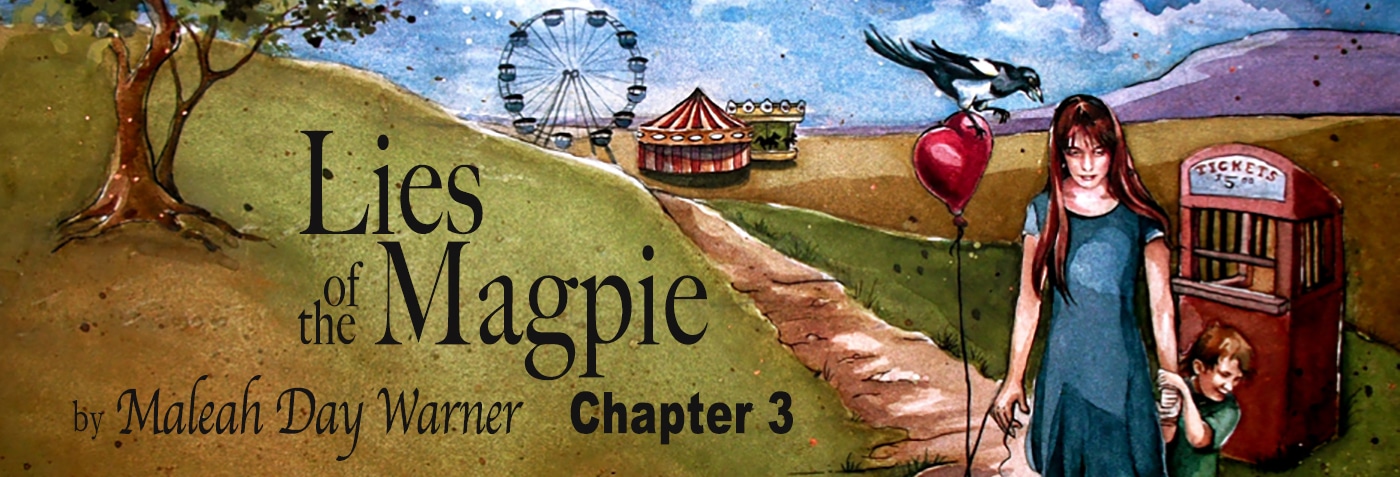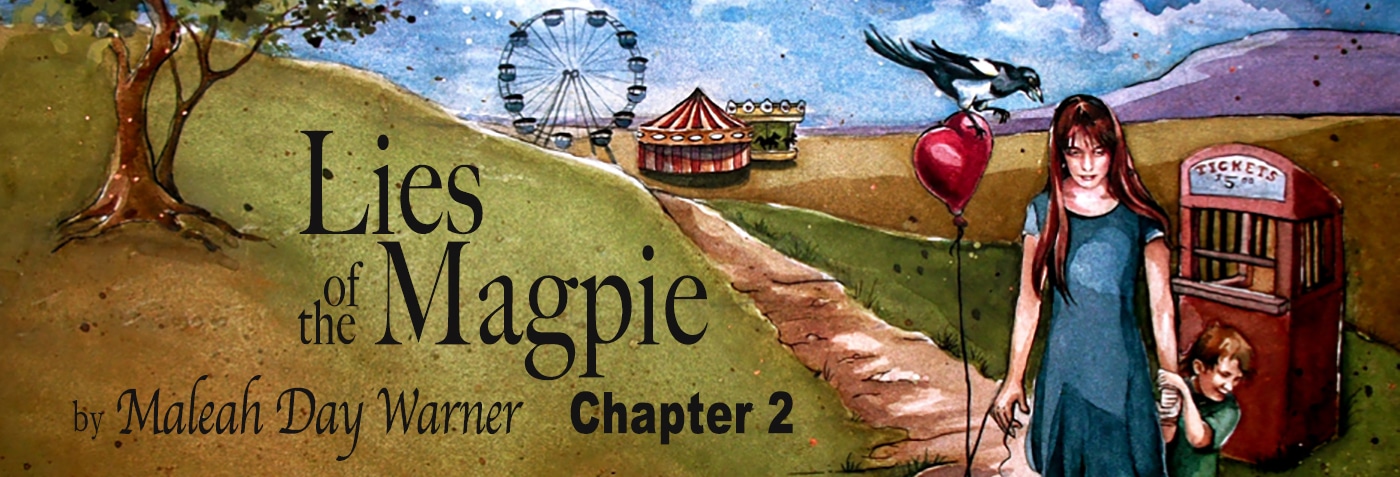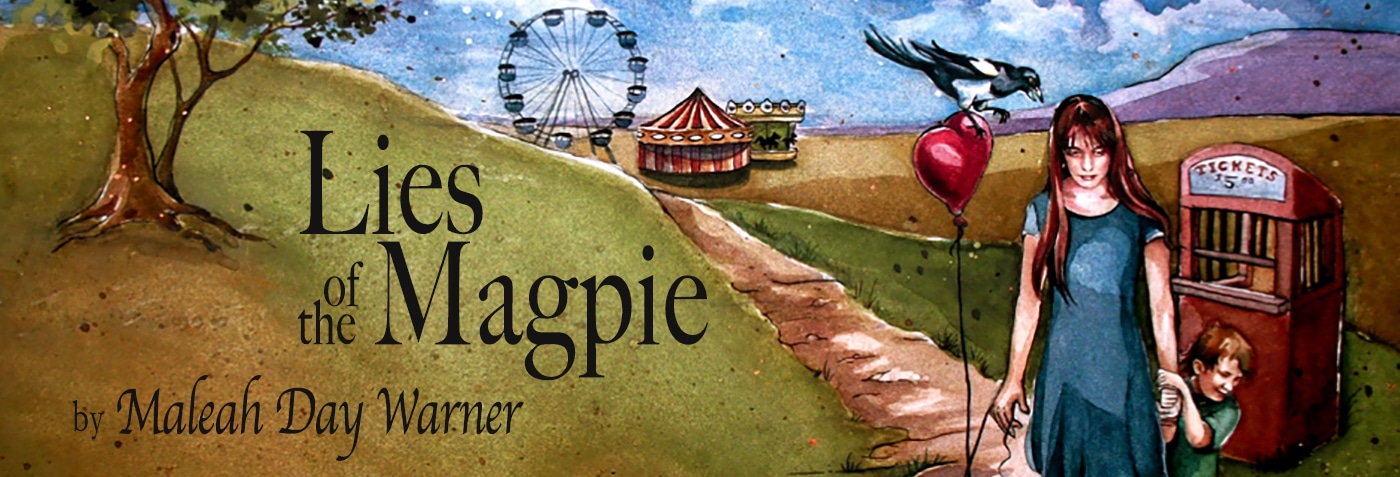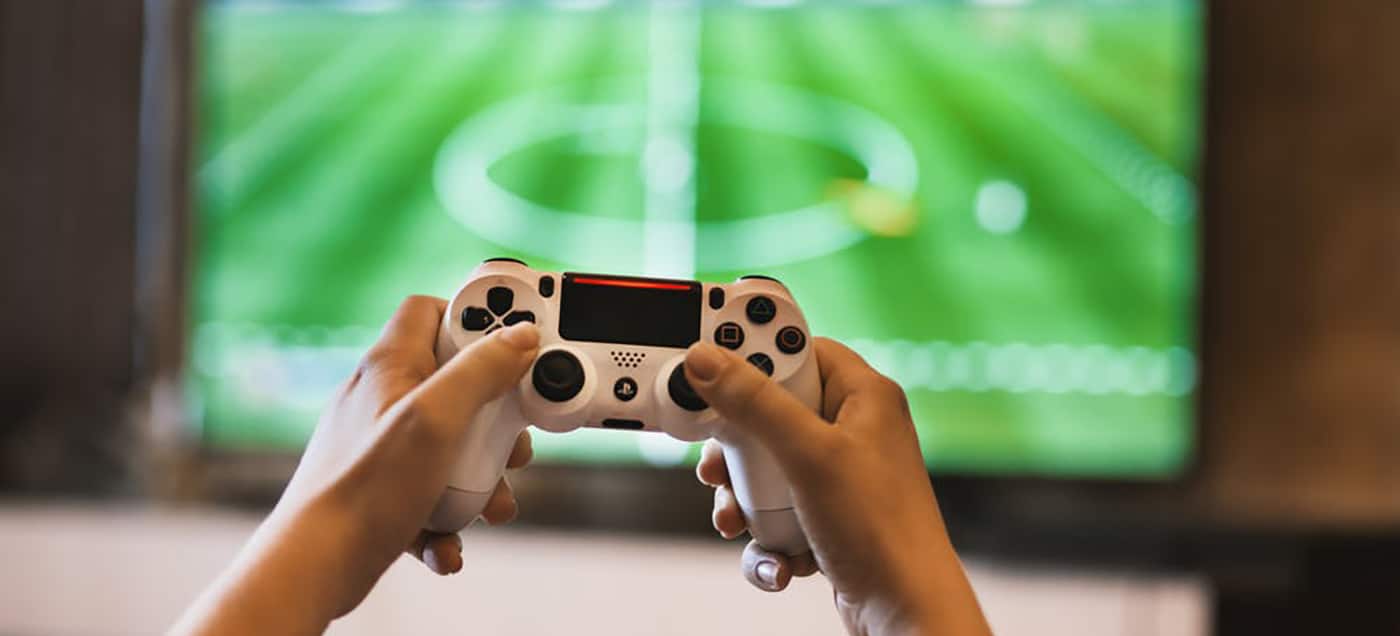Podcast: Play in new window | Download
Subscribe: Apple Podcasts | Google Podcasts | Spotify | Email | RSS | More
Ep. 25 South Africa
A few weeks ago I left my monochromatic Utah County life (which I rarely do, even though I love diversity) and traveled thousands of miles around the globe to visit South Africa and Lesotho. I experienced diversity in culture, language, race, religion, food, plant and animal life, and traffic. But for all the diversity, the biggest thing I brought home from my travels is the reminder that we are more alike than different.
Shoes
While waiting to board my flight to Dubai, I passed time watching people. I was studying the traditional Arab dress of one particular woman, when I realized that she and I were wearing the exact same shoes. I wondered if she had bought hers at Costco like I had. Do they have Costco in Dubai? Or perhaps she lives in the States and is traveling to Dubai like I am. Did she buy her shoes for the same reasons I had, because they are perfect for traveling?
There is something about flying that connects travelers. All of us at Gate A-12 had booked tickets on the same flight. We were literally all traveling in the same direction. And at the moment we were all hoping for much the same thing: to get settled on the plane and to sleep as much as possible during the 13-hour flight. And we were probably all fretting about the same thing: having to use that itty bitty airplane bathroom.
Maya Angelou titled her 5th narrative memoir, All God’s Children Need Traveling Shoes.
We come from different cultures, ethnicities, religions, traditions. We might speak different languages. But we are all on a journey, and we need good traveling shoes.
Home
“The ache for home lives in all of us. The safe place where we can go as we are and not be questioned.” Maya Angelou
As a black woman born in Missouri in 1928, Maya Angelou never felt completely at home in America. In 1966, at age 33, Maya traveled to Ghana in search of her roots, in search of home. She was surprised to discover that as a black American, she wasn’t readily accepted in Africa either. She wrote, “[I] had not come home, but had left one familiar place of painful memory for another strange place with none.”
Home isn’t a place that exists, home is a place we create. It’s connection. During my travels, though I was far from “home,” I experienced moments of home—connecting with a mother traveling with her autistic child, washing my feet in the Dubai airport, traveling through familiar scenery in Lesotho, learning to say Sawubona, or realizing that an Arab woman and I were literally in each other shoes.
Does any of us ever feel completely at home or do we all struggle to find the place where we truly belong? Is the human life really just a journey home?
Indeed, all God’s children need traveling shoes.










